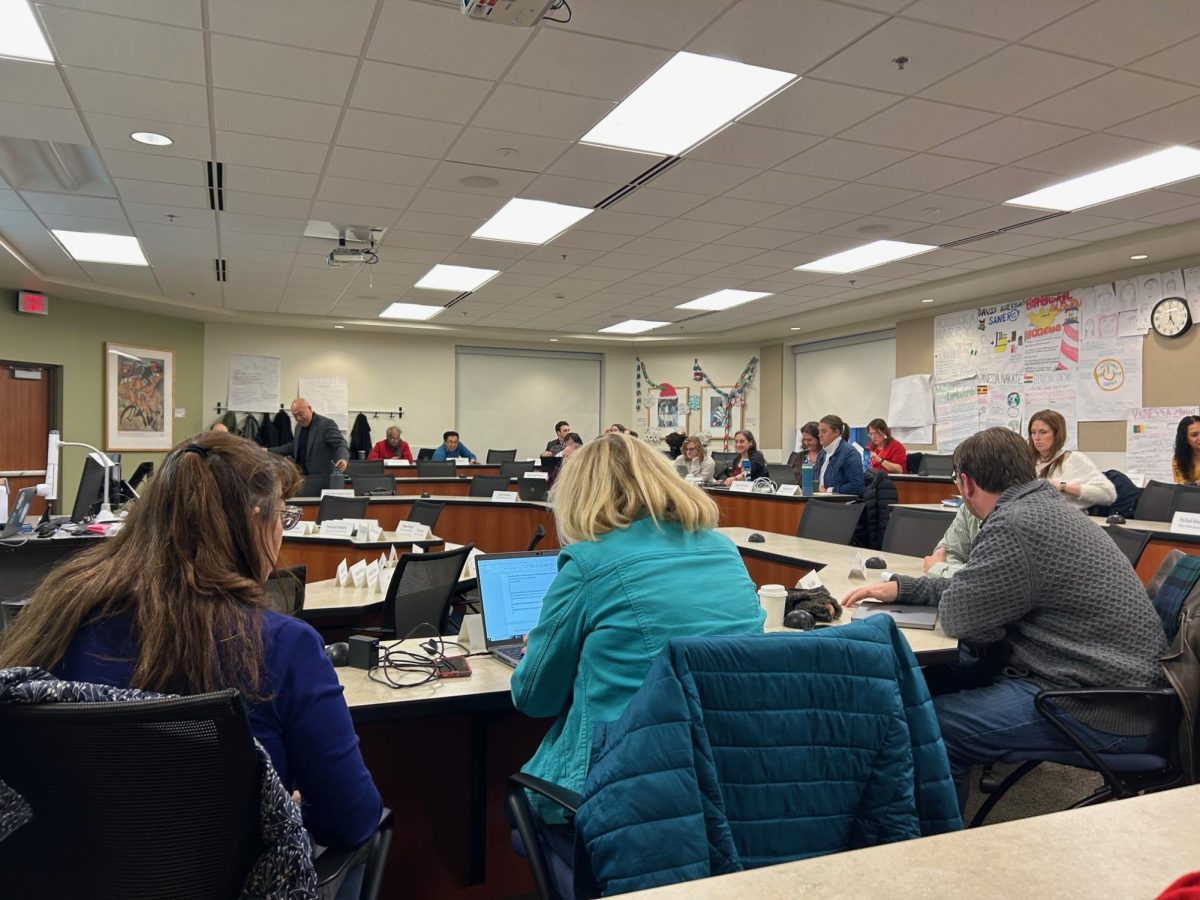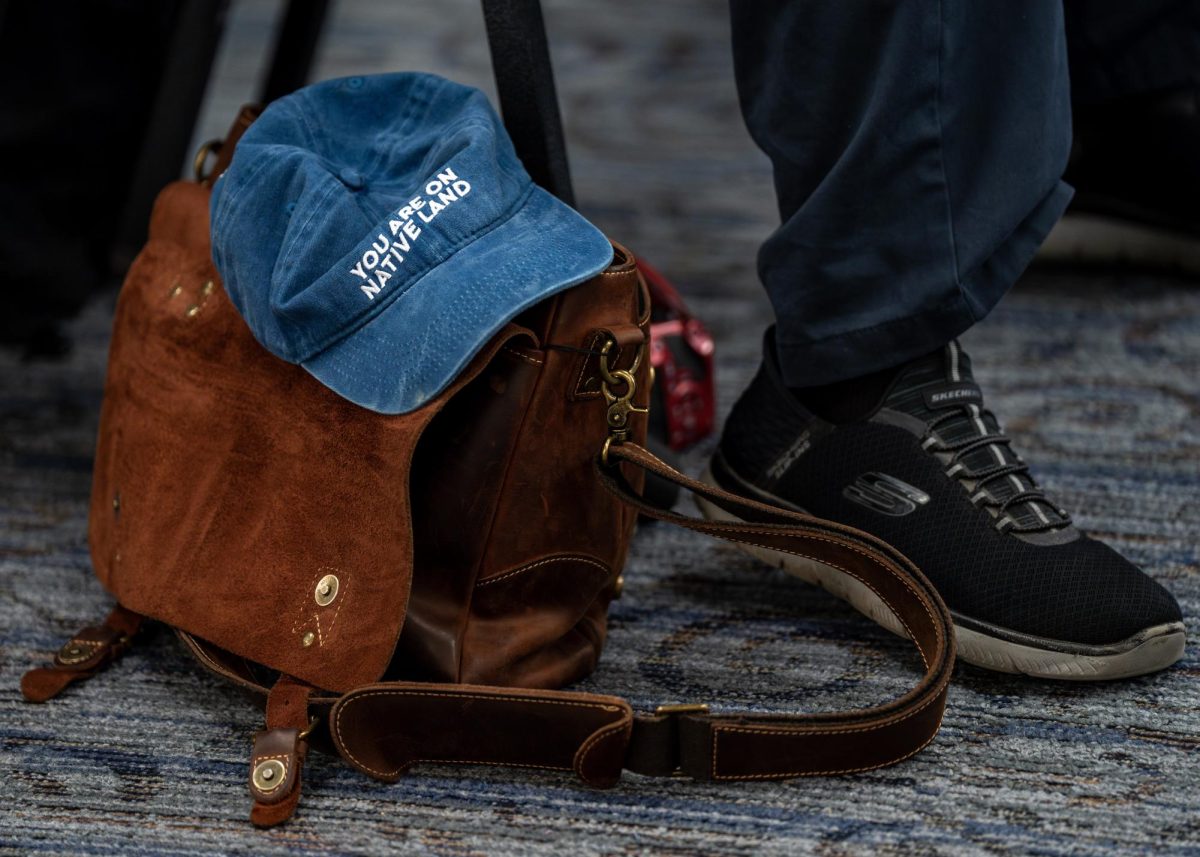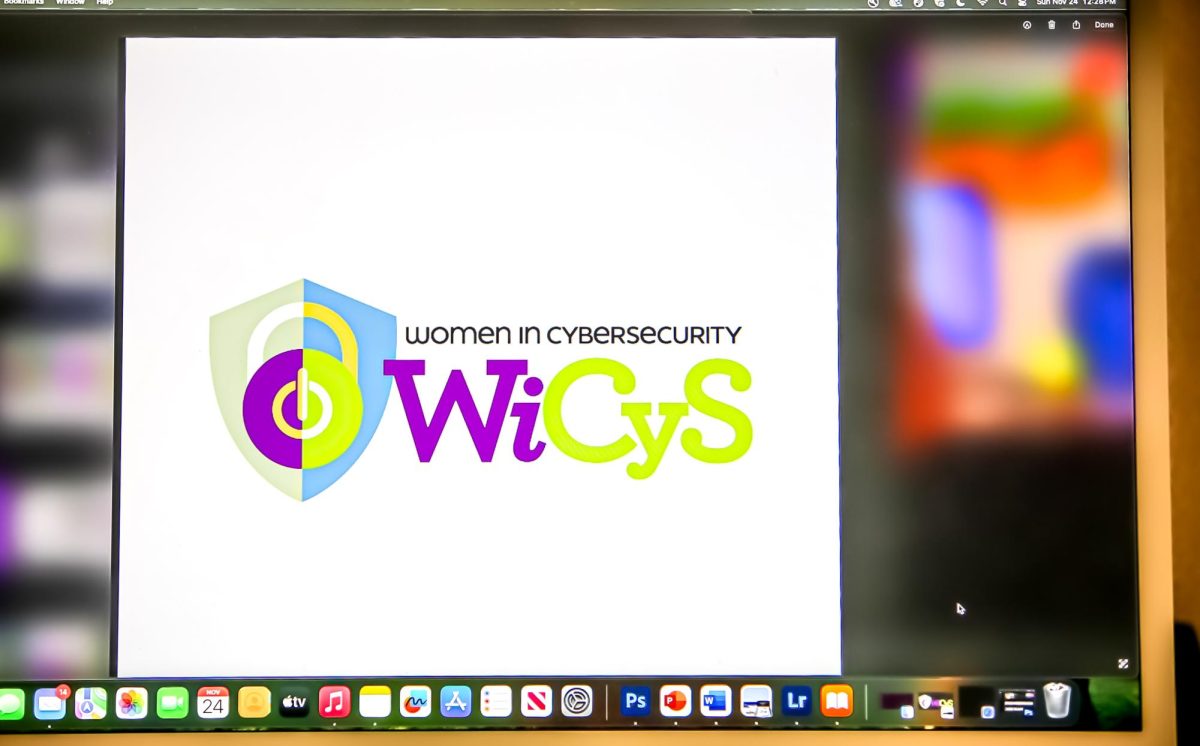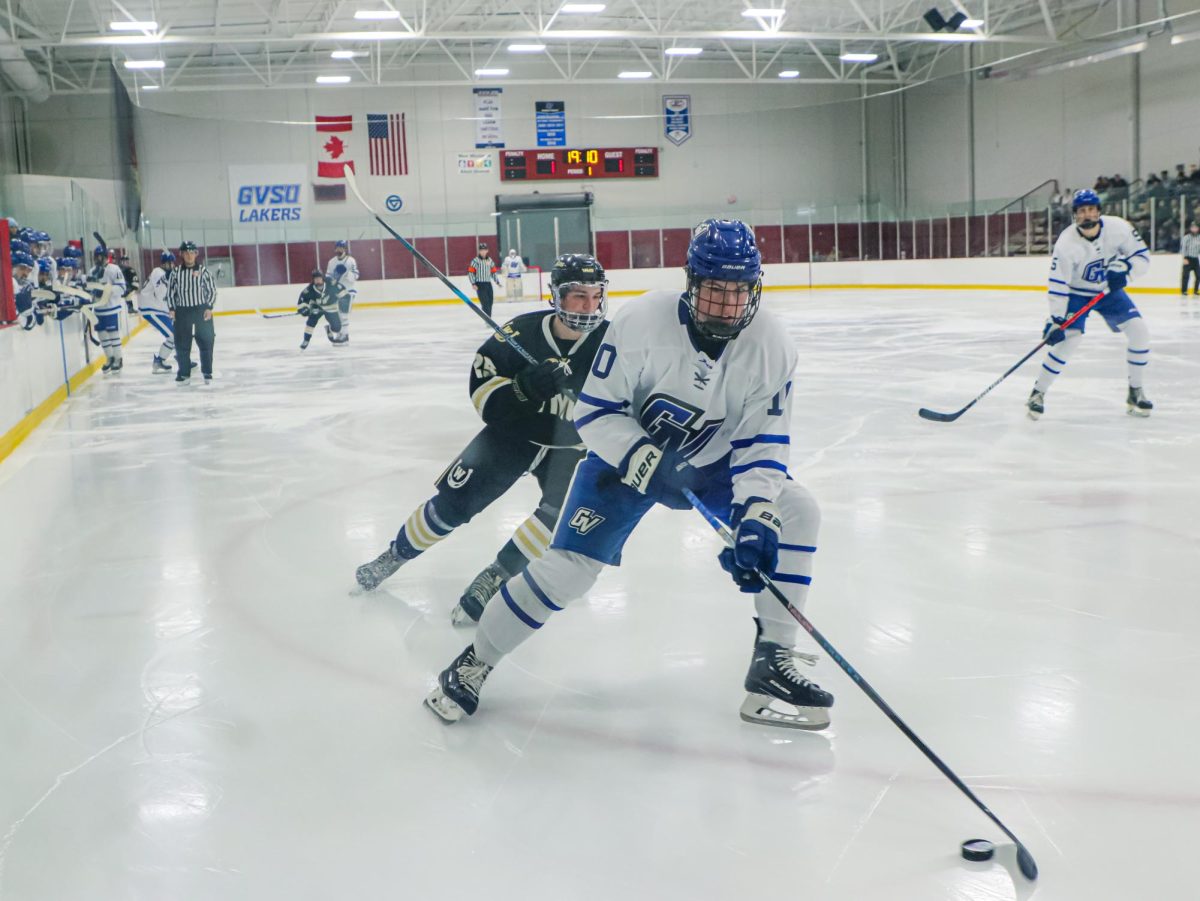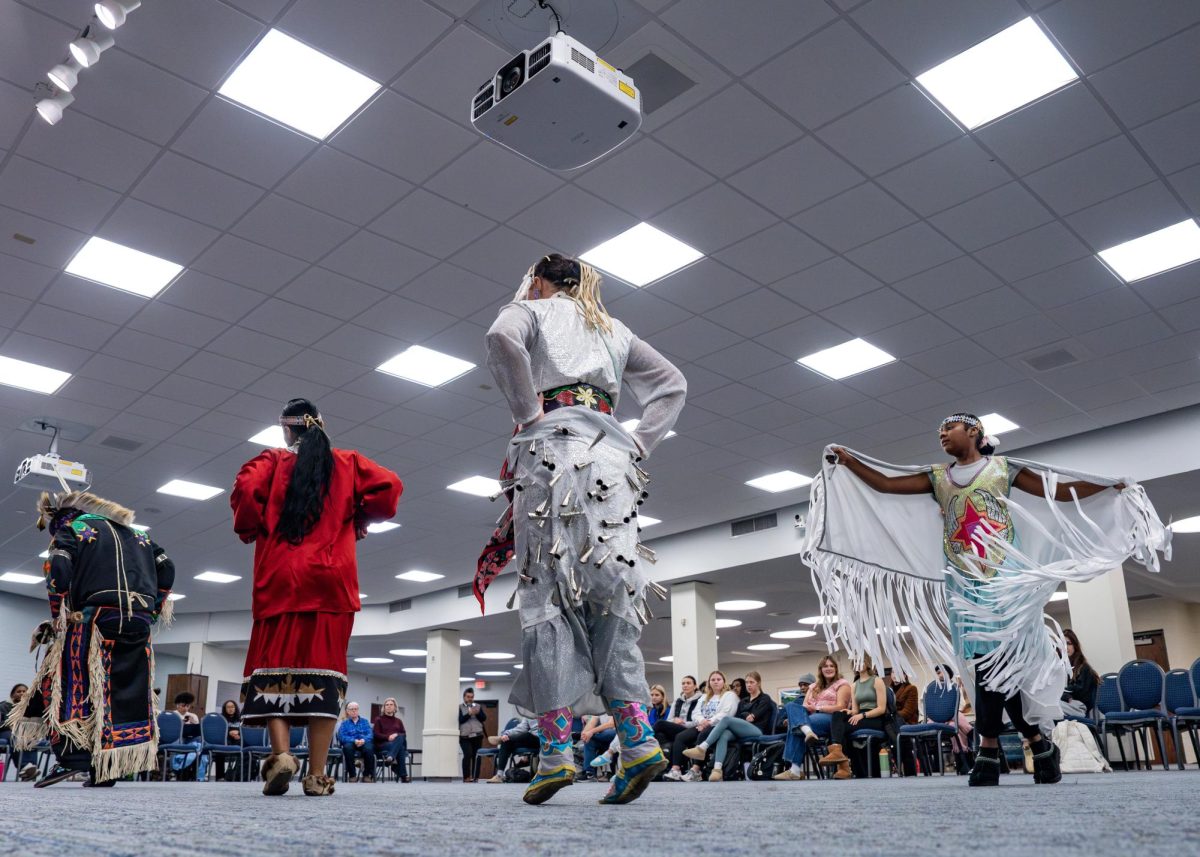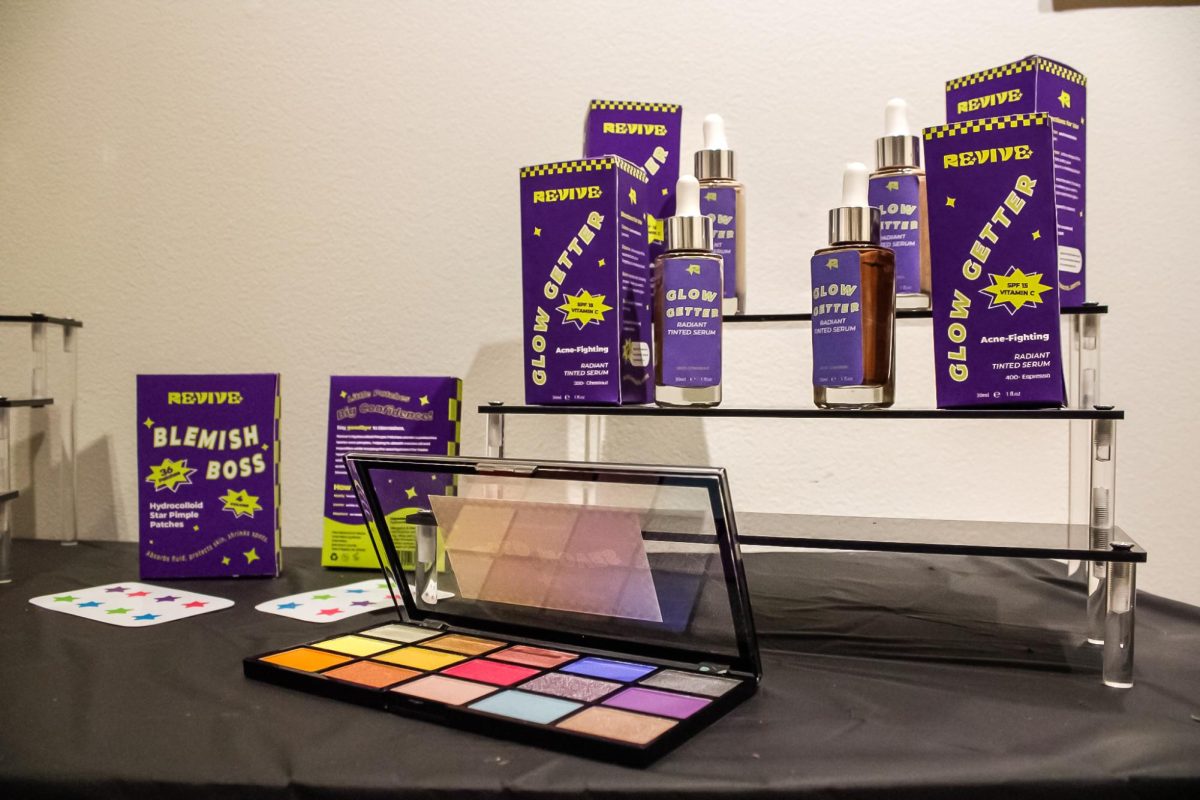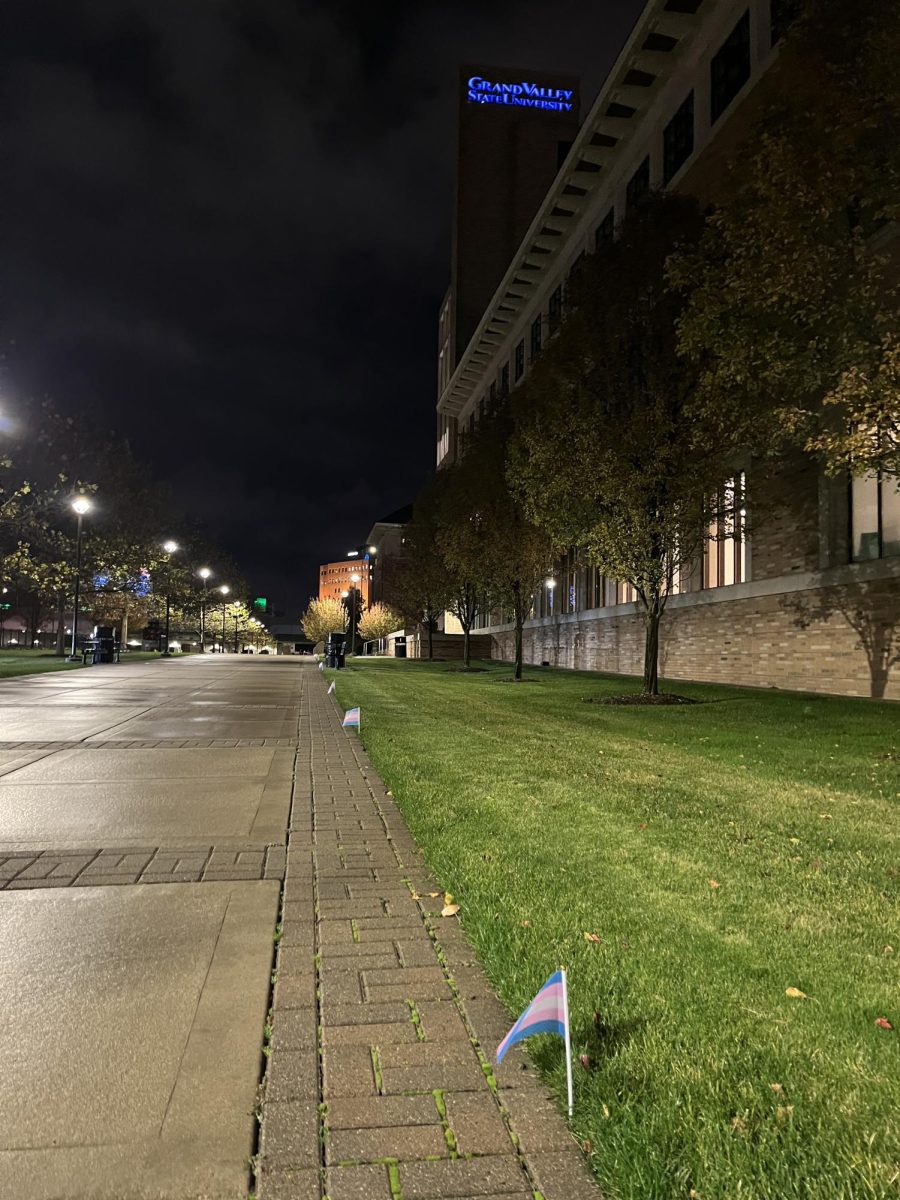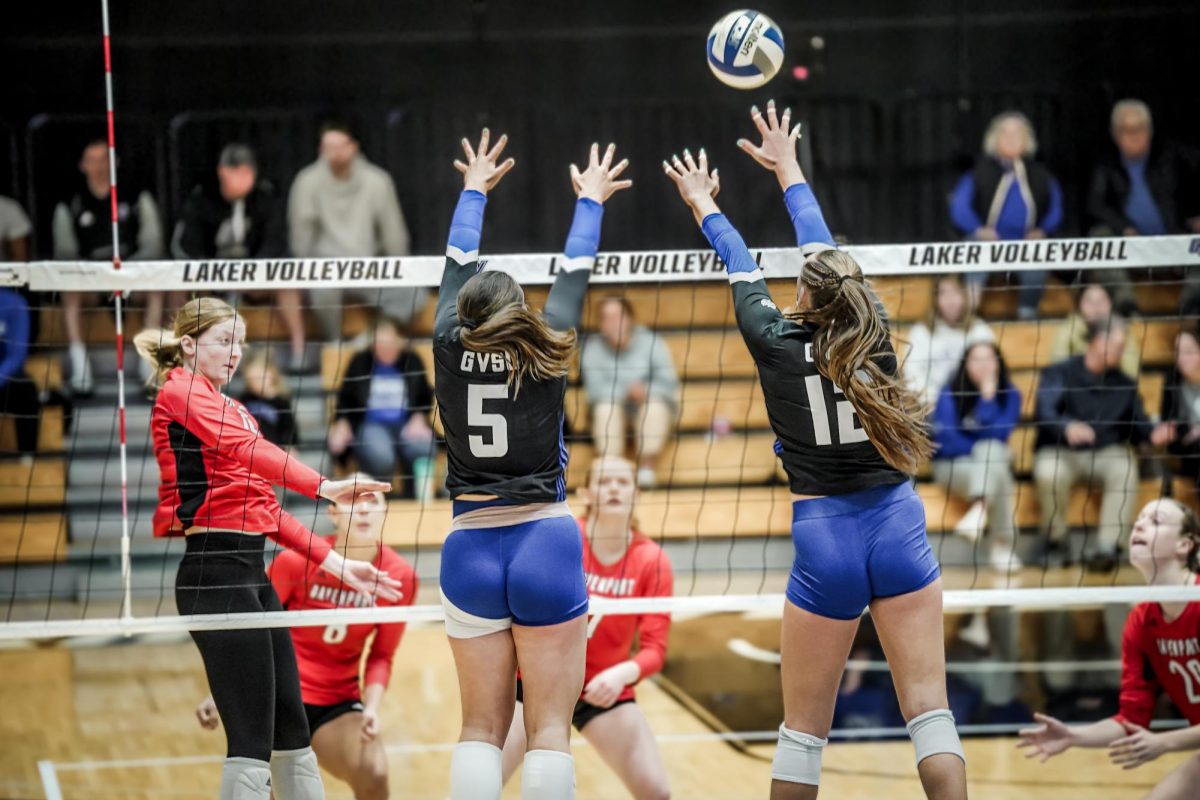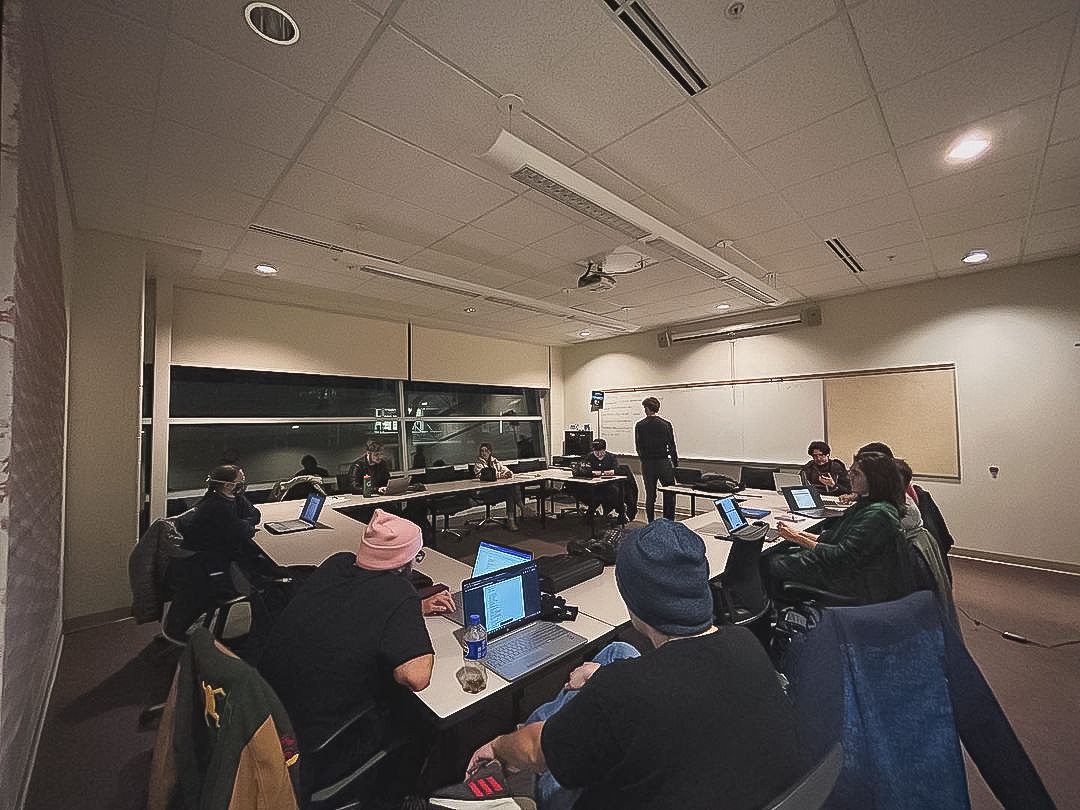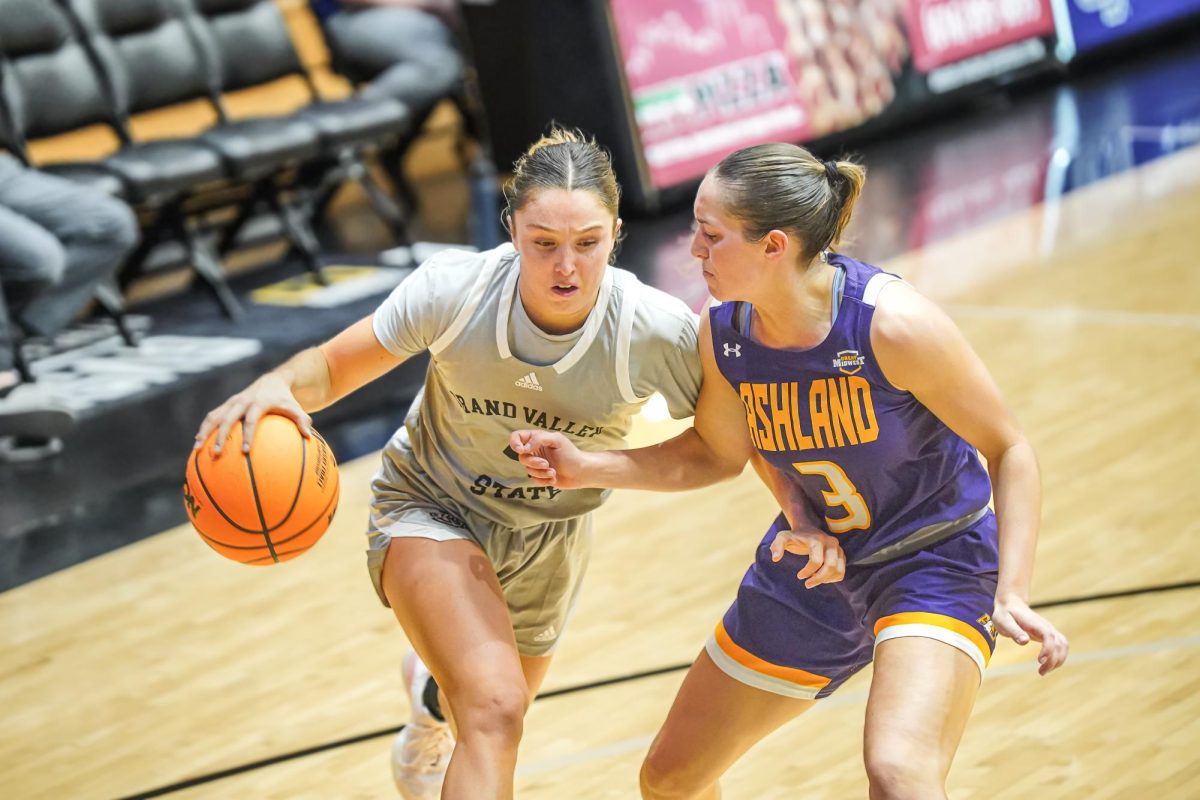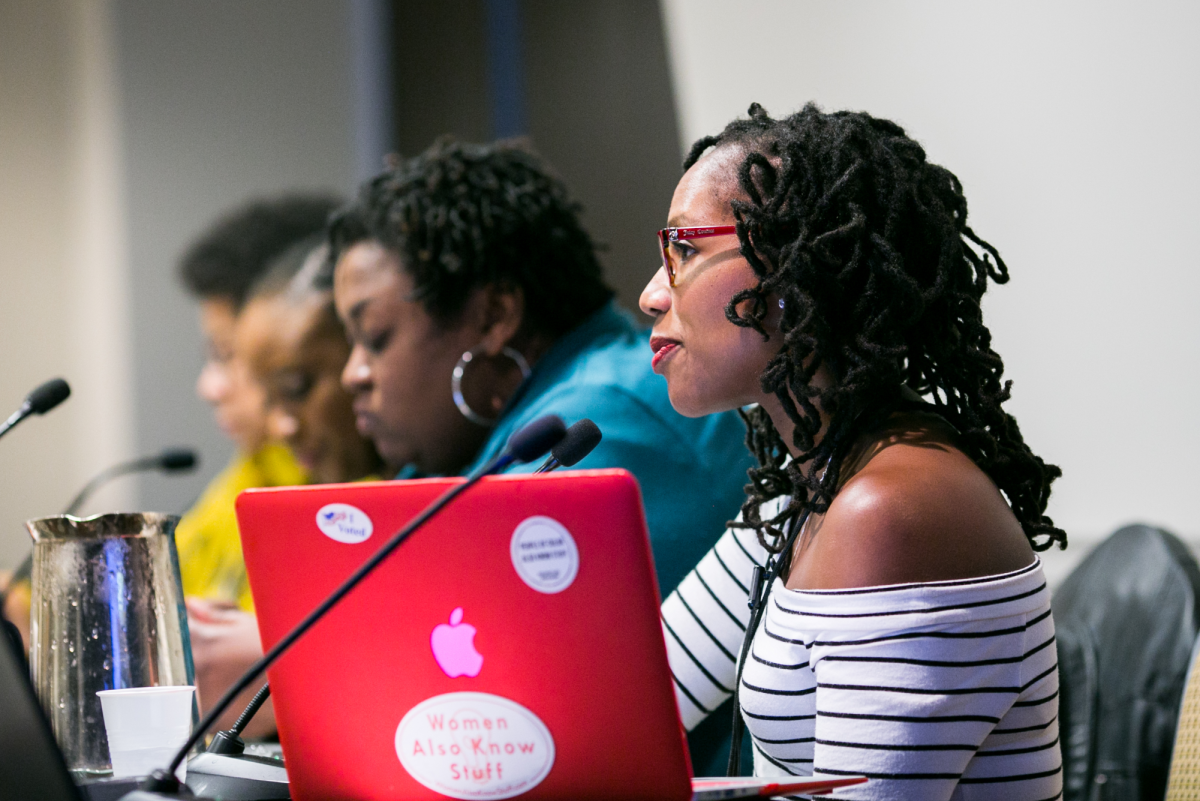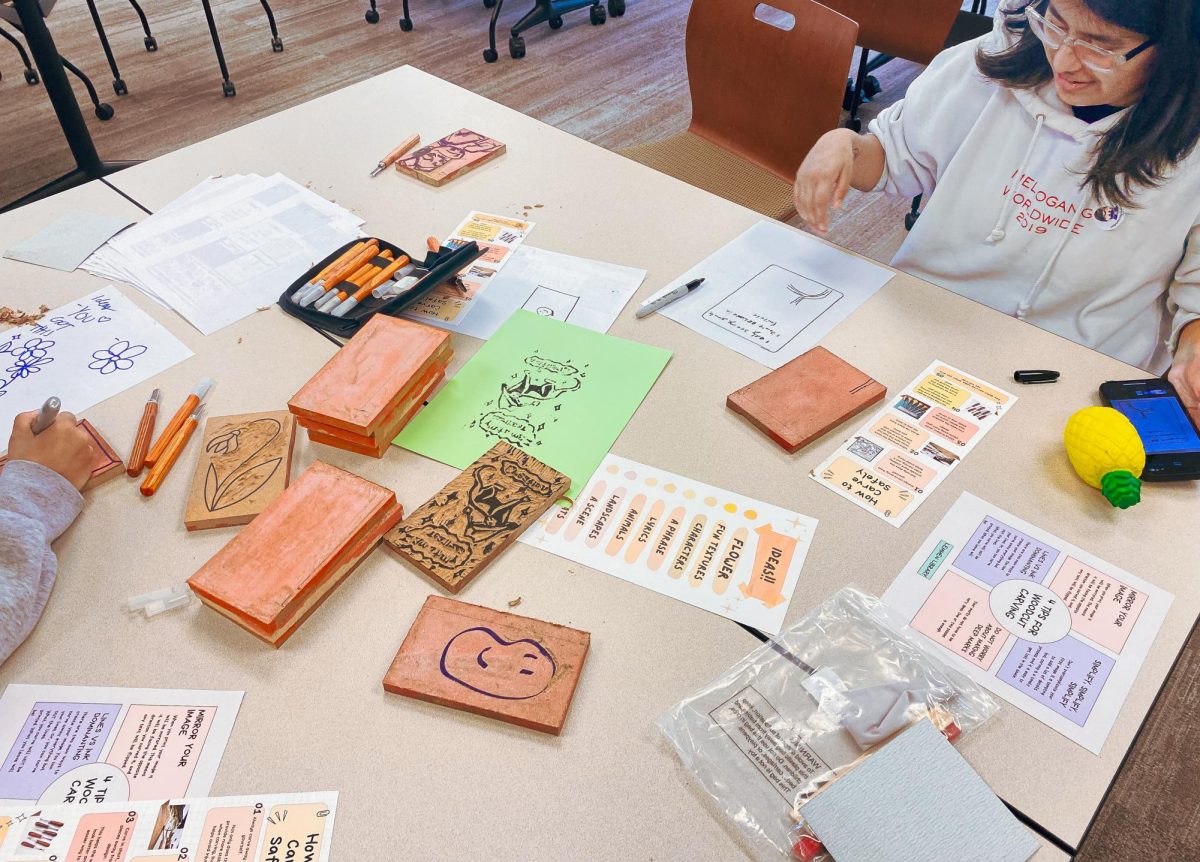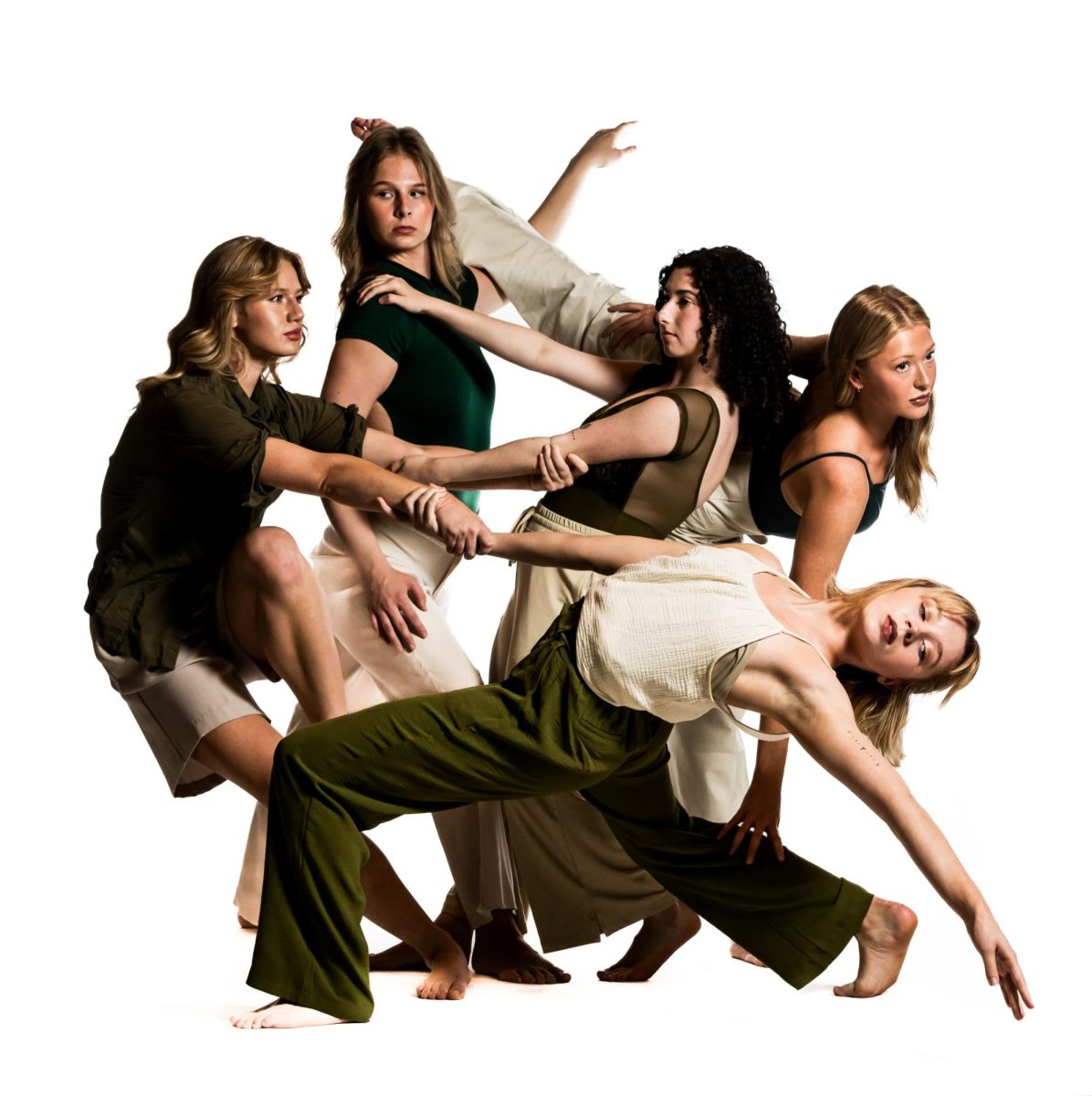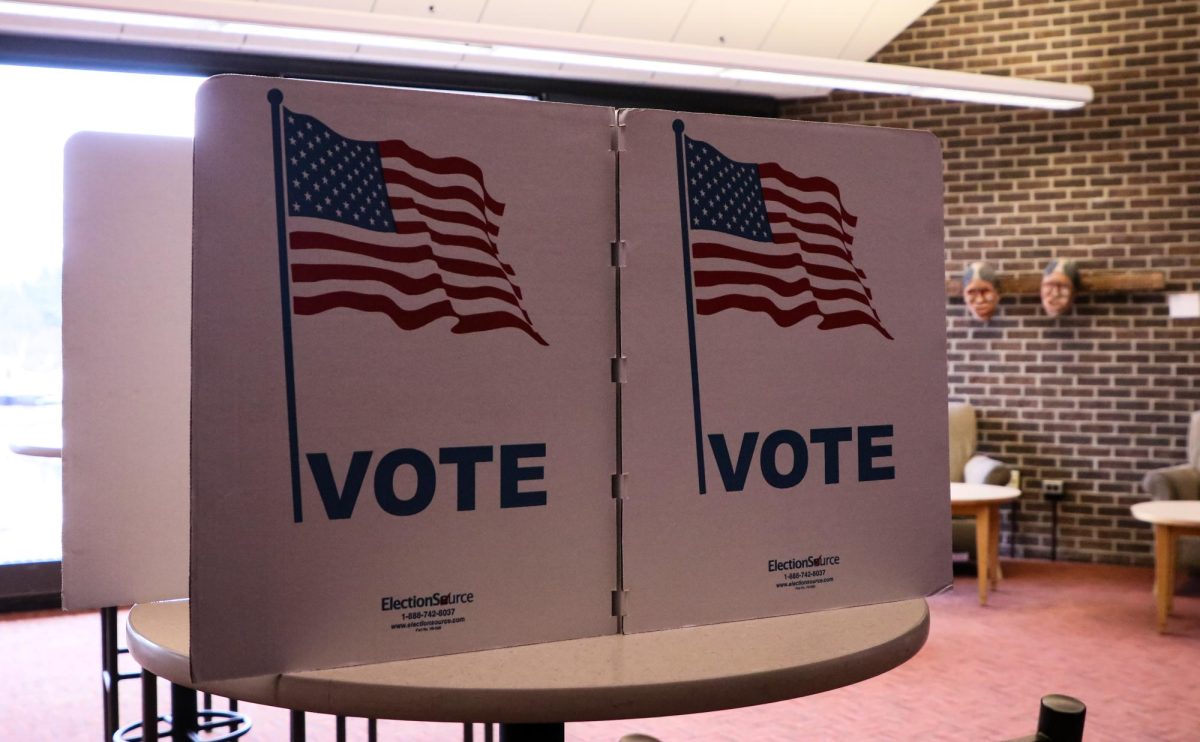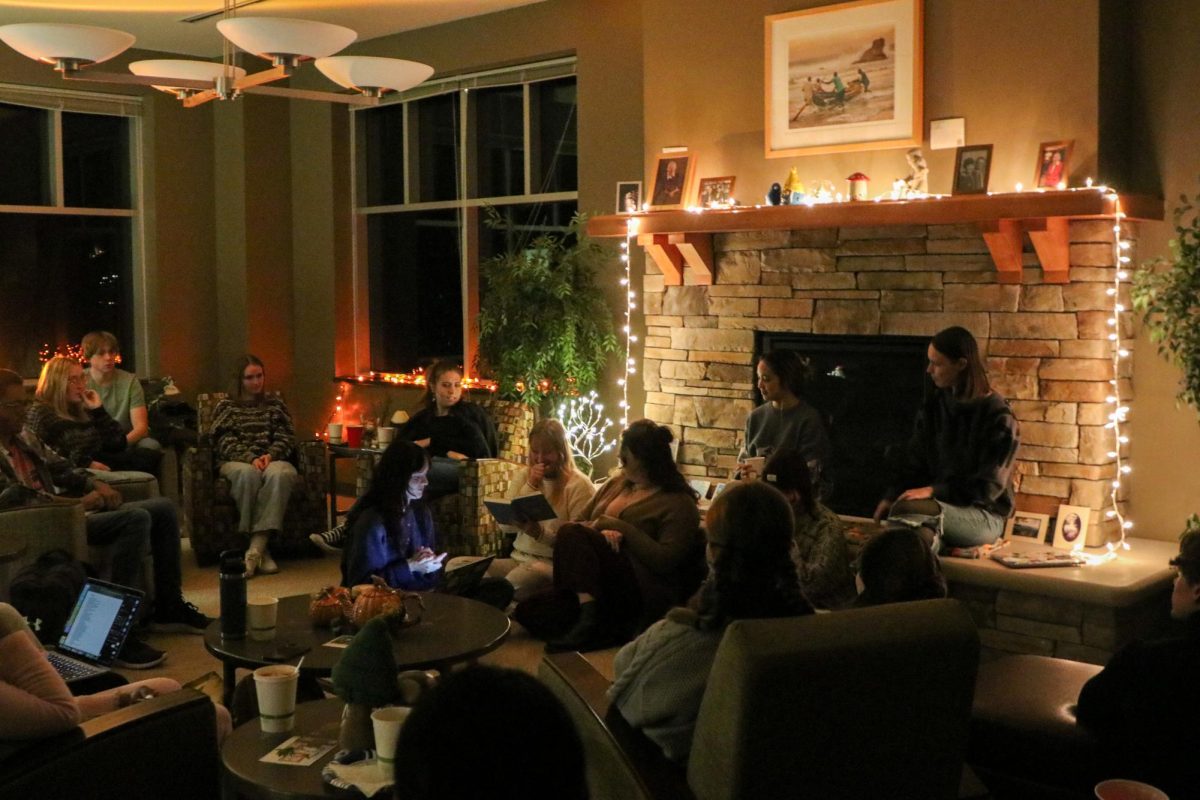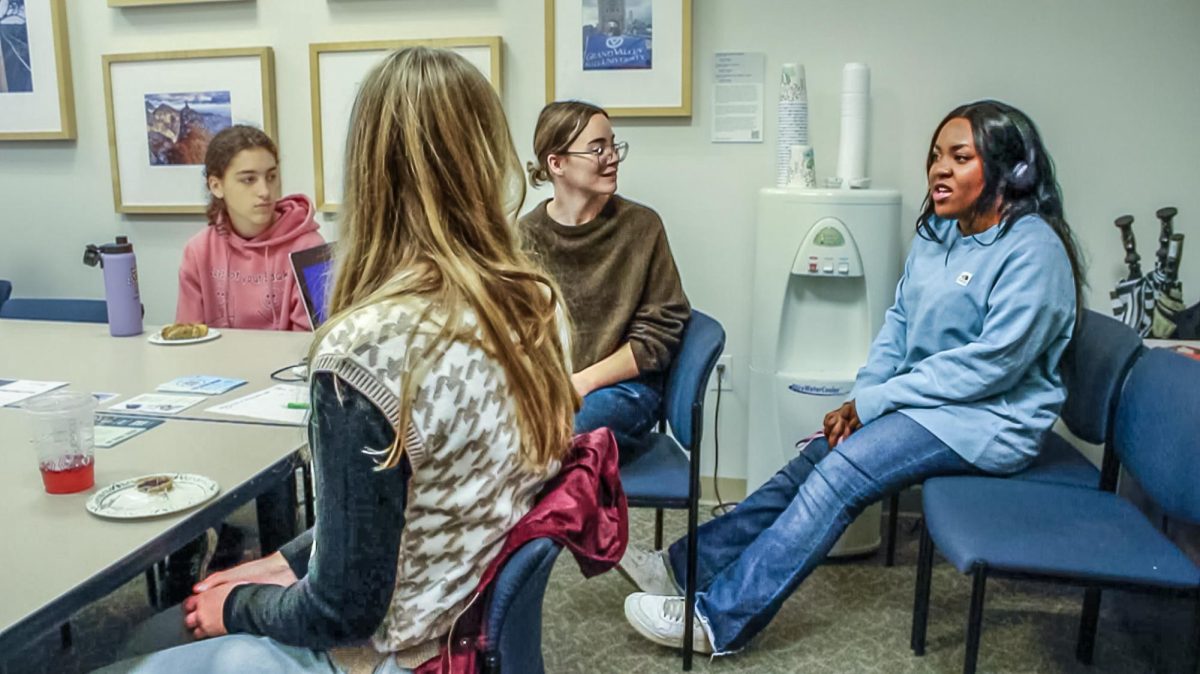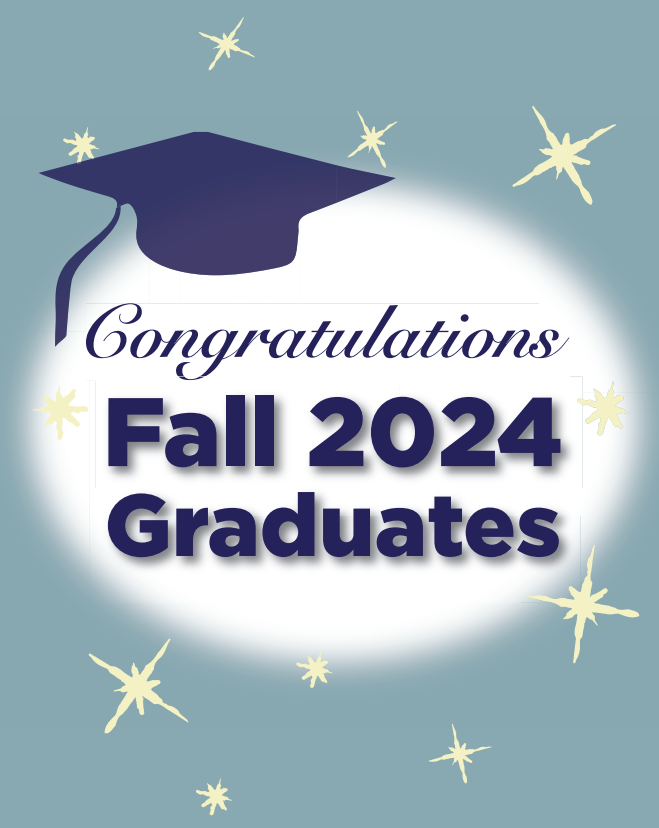Teaching bystander CPR to save lives
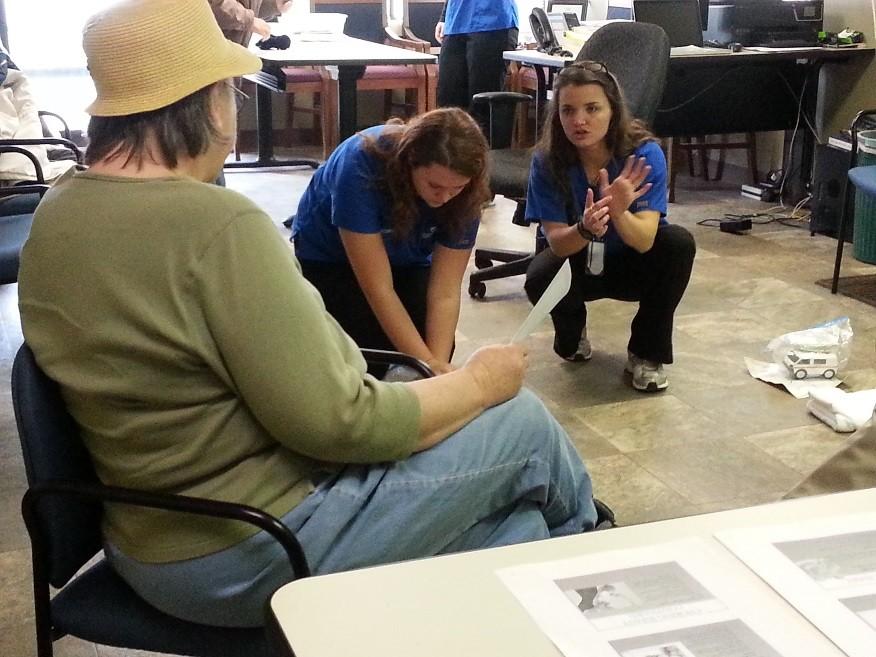
Apr 6, 2015
Imagine if you went for a jog and began feeling an unusual tightness in your chest. You suddenly can’t get any air into your lungs and start to panic; your vision starts to go black and you’re jogging, alone. As you collapse to the ground, you wonder if you will survive; will anyone help you?
As astounding as it is, this depends on where you decided to go for your jog today. Research has shown that neighborhoods with lower socioeconomic status have a lower incidence of bystander-initiated CPR, even though these neighborhoods have higher rates of cardiac events such as heart attacks. With low socioeconomic status communities, members have poorer eating habits and lifestyle choices increasing risk for cardiac disease and cardiac related death.
So why are communities in this area not saving lives with bystander CPR? There is an inherent lack of education in CPR and lack of access to an AED. Unfortunately, a typical CPR/first aid class costs about $90 through organizations like the American Red Cross and the American Heart Association. How are these community members supposed to become educated to save lives when they cannot afford it and no AEDs are anywhere in the neighborhood?
Senior nursing students of Grand Valley State University Kirkhof College of Nursing are partnering with The American Red Cross and The Other Way Ministries in Grand Rapids, Michigan to teach community members CPR and lobbying with policy makers to create funds for AEDs and discounted CPR classes throughout western Grand Rapids.
The nursing students of GVSU urge all those interested in saving a life and becoming CPR certified to contact the American Red Cross.
Laura Hughes, Courtney Van Vels, Heidi Hofstra, Sarah DeLange, Maizie Kineman, Ashley Schaap
GVSU nursing students




